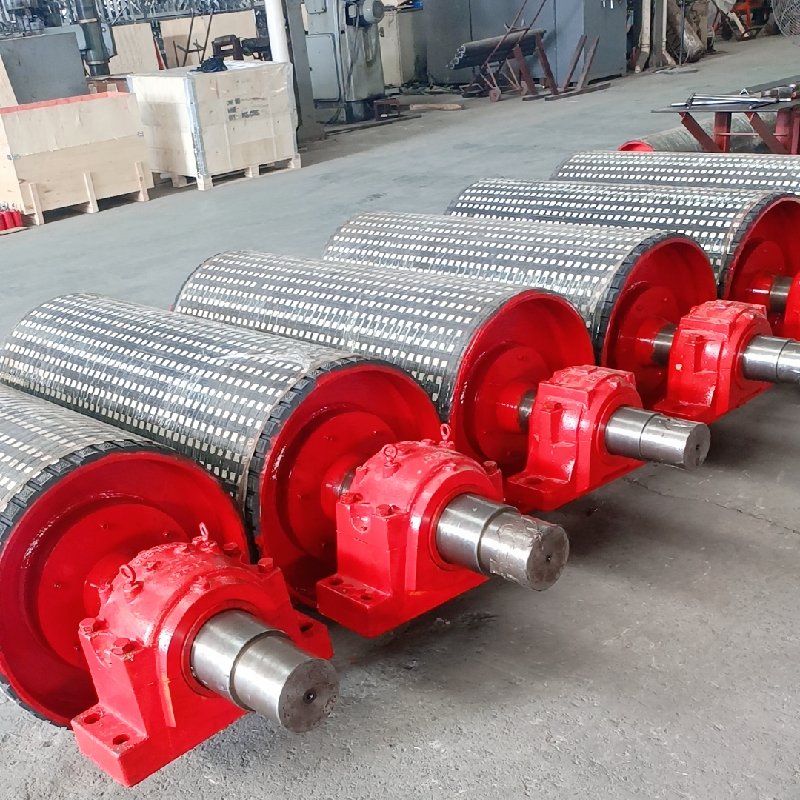 Afrikaans
Afrikaans  Albanian
Albanian  Amharic
Amharic  Arabic
Arabic  Armenian
Armenian  Azerbaijani
Azerbaijani  Basque
Basque  Belarusian
Belarusian  Bengali
Bengali  Bosnian
Bosnian  Bulgarian
Bulgarian  Catalan
Catalan  Cebuano
Cebuano  Corsican
Corsican  Croatian
Croatian  Czech
Czech  Danish
Danish  Dutch
Dutch  English
English  Esperanto
Esperanto  Estonian
Estonian  Finnish
Finnish  French
French  Frisian
Frisian  Galician
Galician  Georgian
Georgian  German
German  Greek
Greek  Gujarati
Gujarati  Haitian Creole
Haitian Creole  hausa
hausa  hawaiian
hawaiian  Hebrew
Hebrew  Hindi
Hindi  Miao
Miao  Hungarian
Hungarian  Icelandic
Icelandic  igbo
igbo  Indonesian
Indonesian  irish
irish  Italian
Italian  Japanese
Japanese  Javanese
Javanese  Kannada
Kannada  kazakh
kazakh  Khmer
Khmer  Rwandese
Rwandese  Korean
Korean  Kurdish
Kurdish  Kyrgyz
Kyrgyz  Lao
Lao  Latin
Latin  Latvian
Latvian  Lithuanian
Lithuanian  Luxembourgish
Luxembourgish  Macedonian
Macedonian  Malgashi
Malgashi  Malay
Malay  Malayalam
Malayalam  Maltese
Maltese  Maori
Maori  Marathi
Marathi  Mongolian
Mongolian  Myanmar
Myanmar  Nepali
Nepali  Norwegian
Norwegian  Norwegian
Norwegian  Occitan
Occitan  Pashto
Pashto  Persian
Persian  Polish
Polish  Portuguese
Portuguese  Punjabi
Punjabi  Romanian
Romanian  Russian
Russian  Samoan
Samoan  Scottish Gaelic
Scottish Gaelic  Serbian
Serbian  Sesotho
Sesotho  Shona
Shona  Sindhi
Sindhi  Sinhala
Sinhala  Slovak
Slovak  Slovenian
Slovenian  Somali
Somali  Spanish
Spanish  Sundanese
Sundanese  Swahili
Swahili  Swedish
Swedish  Tagalog
Tagalog  Tajik
Tajik  Tamil
Tamil  Tatar
Tatar  Telugu
Telugu  Thai
Thai  Turkish
Turkish  Turkmen
Turkmen  Ukrainian
Ukrainian  Urdu
Urdu  Uighur
Uighur  Uzbek
Uzbek  Vietnamese
Vietnamese  Welsh
Welsh  Bantu
Bantu  Yiddish
Yiddish  Yoruba
Yoruba  Zulu
Zulu Top Manufacturers of Belt Conveyor Drum Pulleys for Efficient Material Handling Solutions
The Role of Belt Conveyor Drum Pulleys in Material Handling Systems
Belt conveyors are an essential component of modern material handling systems, widely used in various industries such as mining, agriculture, and manufacturing. Among the critical elements of a belt conveyor system are the drum pulleys, which play a significant role in its overall functionality. This article explores the importance of belt conveyor drum pulleys, their types, and considerations when selecting manufacturers.
Understanding Belt Conveyor Drum Pulleys
Belt conveyor drum pulleys are cylindrical components that are crucial for the operation of conveyor belts. They are located at the ends of the conveyor system and serve two main functions to drive the conveyor belt and to redirect it. The tail pulley, typically located at the loading end, helps in returning the belt once materials are loaded. Conversely, the head pulley, found at the discharge end, is responsible for driving the conveyor belt and, subsequently, controlling the material flow.
Pulleys can come in various configurations, including standard, crowned, or tapered—each designed to minimize belt slippage and ensure optimal performance. Depending on the application, manufacturers can produce pulleys from diverse materials, including steel, aluminum, and plastic. The choice of material impacts the durability and lifespan of the pulleys, which is essential for operational efficiency.
The Importance of Selecting the Right Manufacturer
Choosing the right manufacturer for belt conveyor drum pulleys is crucial to ensure high performance and reliability in material handling systems. Reputable manufacturers adhere to industry standards regarding design, materials, and testing procedures. They should offer a range of products tailored to specific applications, ensuring compatibility with various types of conveyor systems.
Furthermore, an experienced manufacturer can provide valuable insight into the best pulley design and materials suited for particular operational environments. For example, environments that involve heavy loads may require pulleys with enhanced structural support, while applications in corrosive environments might necessitate the use of coated or stainless steel options.
Key Features to Look for in Drum Pulleys
belt conveyor drum pulley manufacturers

When evaluating drum pulleys from different manufacturers, there are several key features to consider
1. Durability High-quality pulleys should withstand wear and tear from heavy loads and harsh operational conditions. Look for manufacturers that offer pulleys with corrosion-resistant coatings or those made from high-strength materials.
2. Design Options The ability to choose between different designs—like crowned or flat pulleys—allows for better customization based on the specific requirements of the conveyor system.
3. Load Capacity Ensure that the selected pulleys meet the load capacity requirements for your application, providing safe and efficient material handling.
4. Bearing Quality Pulleys with high-quality bearings can enhance the overall lifespan of the conveyor system and reduce maintenance costs.
5. Customization Some manufacturers provide customization options to cater to unique needs, whether that means specific dimensions or special materials.
6. Technical Support Reliable manufacturers often offer technical support and guidance, ensuring that customers make informed decisions.
Conclusion
Belt conveyor drum pulleys are indispensable in the efficient operation of material handling systems. Their performance directly affects the productivity and reliability of conveyor belts across various industries. By selecting the right manufacturer, businesses can ensure that they invest in high-quality pulleys that meet their specific needs. When coupled with expert advice and a commitment to quality, the right drum pulleys can lead to enhanced operational efficiency and reduced long-term costs. As industries evolve, the demand for innovative and robust conveyor systems will continue to grow, making the role of drum pulley manufacturers more critical than ever.
-
Revolutionizing Conveyor Reliability with Advanced Rubber Lagging PulleysNewsJul.22,2025
-
Powering Precision and Durability with Expert Manufacturers of Conveyor ComponentsNewsJul.22,2025
-
Optimizing Conveyor Systems with Advanced Conveyor AccessoriesNewsJul.22,2025
-
Maximize Conveyor Efficiency with Quality Conveyor Idler PulleysNewsJul.22,2025
-
Future-Proof Your Conveyor System with High-Performance Polyurethane RollerNewsJul.22,2025
-
Driving Efficiency Forward with Quality Idlers and RollersNewsJul.22,2025





























